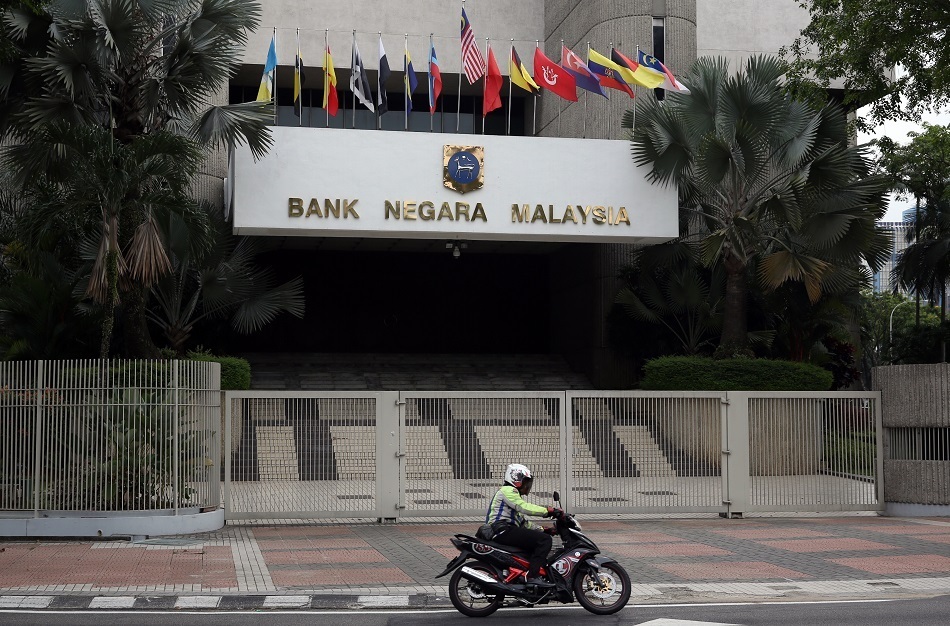KUALA LUMPUR (March 27): While headline inflation has remained relatively low in Malaysia, Bank Negara Malaysia said concerns about the rising cost of living have been increasing and will likely persist over the near term.
It said the consumer price index — the gauge for inflation — measures the price increase for a basket of items that represents the average pattern of purchases among households. This assumes homogenous spending patterns across households, with the quantity and quality of goods and services in the basket being constant over a fixed period of time.
* Bank Negara projects GDP growth at 4.3% to 4.8% in 2019
* Growth in loan disbursement accelerates to five-year high of 7.3% in 2018
* BNM tells banks to use plain language in housing loan contracts
* Malaysia’s household debt ratio down but still high, says BNM
* Loan approval rates for property purchases trended lower in 2018
* Large incoming supply raises credit risk of commercial properties
* Unsold housing units may rise further but sharp price drops unlikely
However, in a situation where dispersions of spending patterns and price changes are large, the CPI could be a weak approximation of the change in cost of living, BNM said in it's Annual Report 2018, adding that the CPI as a proxy could then understate or overstate the change in cost of living for some segments of households.
In addition, consumers use different sets of information, mainly driven by price changes on frequently purchased items, when assessing the the cost of living, compared to that used in the CPI computation.
"These frequent expenditures, such as fresh food items and eating out, typically experience higher inflation rates. This is called frequency bias, and it can be measured by the Everyday Price Index (EPI). It is an index that comprises households' frequently purchased goods and services (at least once a month).
There is also a tendency for households to only remember price increases and not decreases. This is called memory bias and can be measured by the Perceived Price Index (PePI), BNM said. "However, the PePI only considers price increases, as consumers tend to disregard price declines. Items that registered price declines are assumed to be unchanged in the measurement of the PePI," it said.
Its data shows EPI inflation and PePI inflation are generally higher than CPI inflation. For example, when PePI touched 18% in early 2017, EPI was trending near 6%, while the CPI was hovering above 4%.
It estimated that a single-adult household in Kuala Lumpur in 2016 will need RM2,700 to pay for minimum acceptable needs, and RM4,500 for a household comprising just a couple, and RM6,500 for a couple with two children.
"Over the medium term, the cost of living in Malaysia will continue to be a factor in impacting households’ well-being and sentiments, especially since wages remain low. Approximately half of Malaysian workers or 4.4 million people earn RM2,160 or less a month," the central bank noted.
"A moderate pace of aggregate price increases in the economy is to be expected, as it reflects economic expansion. But, improvements in households’ living standards are predicated on the growth in household income. Households at the bottom 40% of the income distribution experienced slower income growth over the 2014-2016 period, relative to the higher-income households, and the income increase was almost completely offset by the increase in expenditure, leaving little room to accumulate savings.
"Policies designed to address the above issues will need to reflect and address households’ salient concerns in concrete terms. Near-term measures can be put in place to help contain any sharp increases in the cost of living, especially for the lower-income households. These include measures to improve market structure and distribution, in order to improve efficiencies and competition and thus lower prices, and measures to improve public transport connectivity.
"However, more importantly, longer-term structural policies that would boost productivity and income growth are key in supporting households’ ultimate pursuit of a higher standard of living," the central bank added.— theedgemarkets.com






